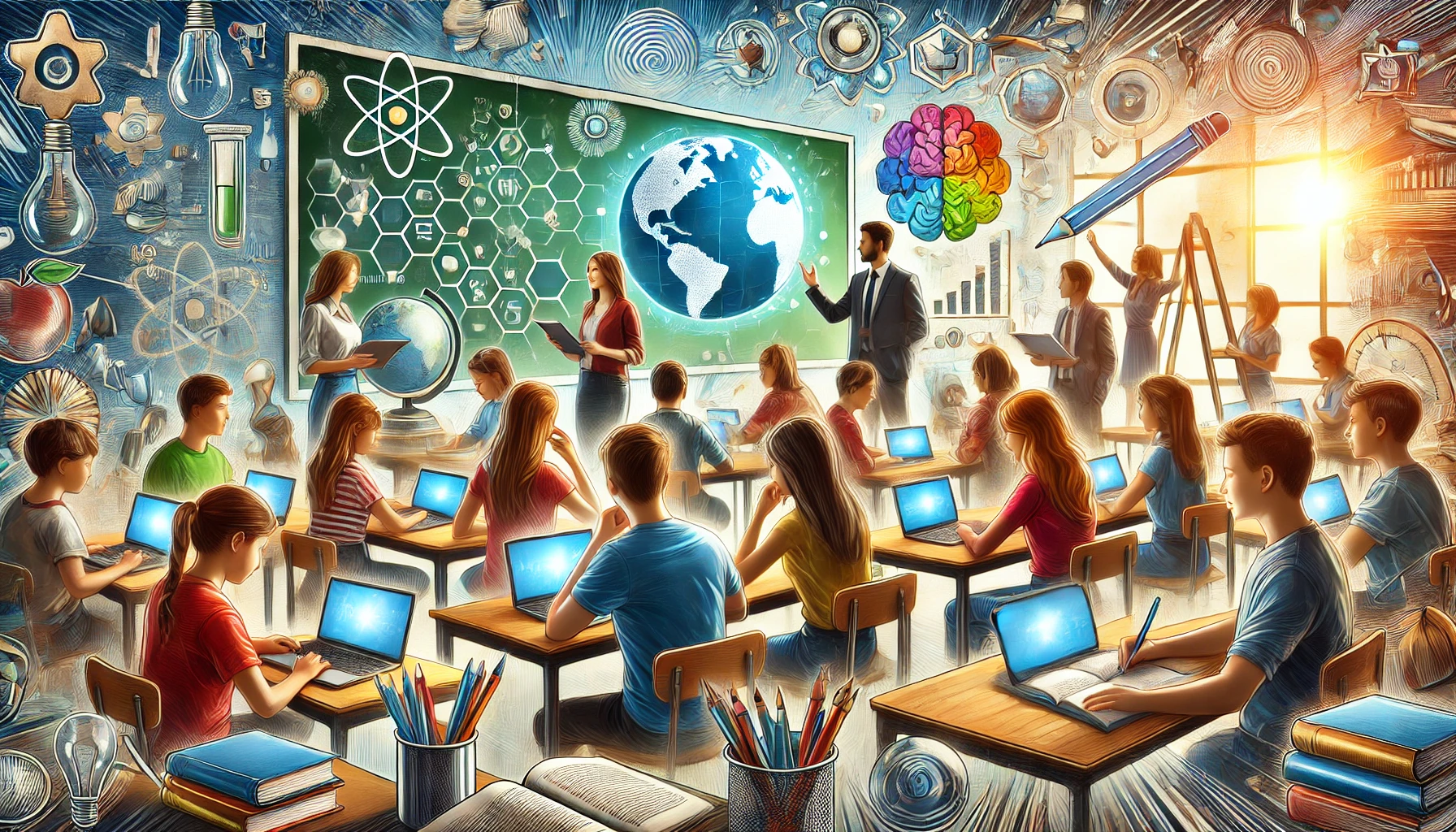What is difference between the educational policy 1986 and 2020?
Here is a point-wise comparison of the National Policy on Education (NPE) 1986 and the National Education Policy (NEP) 2020:
Vision and Approach
*1986 Policy:Focused on access to education and promoting equity in the education system.Emphasized removal of disparities and equalizing educational opportunities, particularly for underprivileged sections.
*2020 Policy:Aims at transforming the entire education system, focusing on holistic development, quality, and inclusivity.also Emphasizes a learner-centric, flexible education system that caters to individual learning preferences and promotes critical thinking.
School Education Structure
*1986 Policy:Followed the 10+2 system of schooling (10 years of general education followed by 2 years of specialization in higher secondary.
2020 Policy:Introduced a new 5+3+3+4 structure:5 years of foundational education (ages 3-8),3 years of preparatory education (ages 8-11),3 years of middle school (ages 11-14),4 years of secondary education (ages 14-18).
Early Childhood Education
*1986 Policy:Focused mainly on primary education, with limited attention to pre-primary education.Aimed at universalizing primary education.
*2020 Policy:Strong emphasis on Early Childhood Care and Education (ECCE), with plans to integrate it into the formal education system.Universalization of pre-primary education by including Anganwadis and pre-schools for children aged 3-6 years.
Medium of Instruction
*1986 Policy:Focused on the three-language formula (regional language, Hindi, English) but implementation varied across states.
*2020 Policy:Stresses on teaching in the mother tongue or local language at least till Grade 5, preferably till Grade 8, to enhance cognitive learning.Reaffirms the three-language formula, but with greater flexibility for students to choose languages.
Higher Education
1986 Policy:Emphasized expanding higher education opportunities and improving access for underprivileged groups.Focus on professional education and technical institutes.
2020 Policy:Proposes a multidisciplinary, holistic approach in higher education.Aims for HEIs (Higher Educational Institutions) to become multidisciplinary, phasing out single-stream institutions.Introduction of multiple exit options in degree programs (1-year certificate, 2-year diploma, 3-4 year degree).
Focus on Vocational Education
1986 Policy:Limited focus on vocational training.Encouraged vocational courses but lacked structured implementation.
2020 Policy:Aims to integrate vocational education at all levels of schooling, starting from Grade 6.Target to expose at least 50% of learners to vocational education by 2025, with internships and skill-based programs.
Regulatory Framework
*1986 Policy:Focused on establishing separate regulatory bodies for various aspects of education, leading to the rise of multiple regulating institutions.
*2020 Policy:Aims to streamline the regulatory framework by creating a single overarching body for higher education: Higher Education Commission of India (HECI).HECI will have four independent verticals: regulation, accreditation, funding, and academic standards.
Examination and Assessment System
1986 Policy:Followed traditional exam-centric assessment systems, with an emphasis on rote learning and annual exams.
2020 Policy:Focuses on a continuous and comprehensive evaluation system with reduced emphasis on high-stakes board exams.Introduction of 360-degree assessment that includes self, peer, and teacher assessments for a more holistic review of student performance.
Technology in Education
1986 Policy:Limited mention of technology, as it was not a key focus area during the time.Basic focus on radio, television, and distance learning.
2020 Policy:Strong emphasis on technology integration through digital learning platforms, online education, and Artificial Intelligence (AI) in education.Plans for a National Educational Technology Forum (NETF) to facilitate the use of technology in education.
Teacher Education and Training
1986 Policy:Emphasized improving the quality of teachers but lacked comprehensive professional development plans.Limited scope for teacher training beyond initial qualifications.
2020 Policy:Proposes revamping teacher education programs, making a 4-year integrated B.Ed. the minimum qualification for teachers by 2030.Focus on continuous professional development for teachers through online and offline modes.
Research and Innovation
1986 Policy:Emphasized research in higher education but had limited structural support for innovation and research at the national level.
2020 Policy:Proposes the establishment of the National Research Foundation (NRF) to promote a strong research culture and improve research funding in universities.
In conclusion, the NPE 1986 was more focused on expanding access and addressing inequity, while the NEP 2020 is more transformative in its approach, aiming for flexibility, multidisciplinary education, and technological integration to meet 21st-century needs.
thanku .

tvv việt nam đúng kiểu giao diện đẹp dã man, nhìn mê luôn 😍 😅